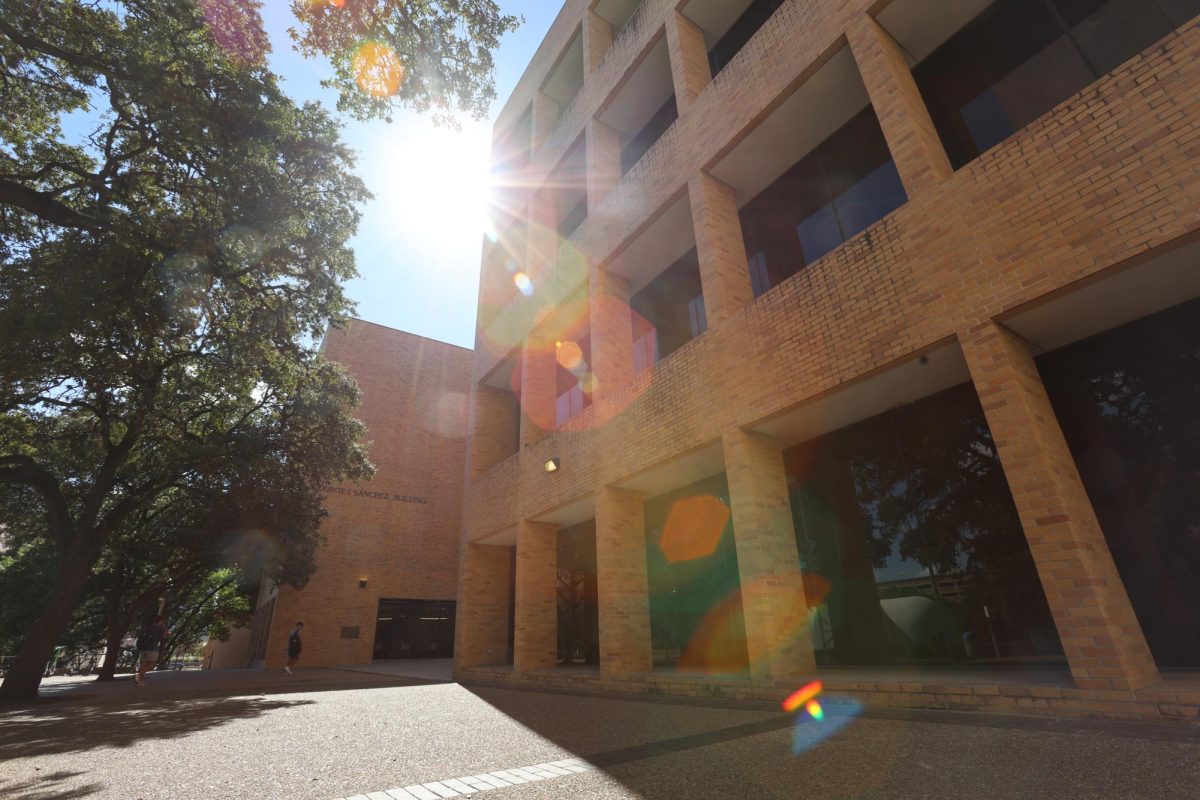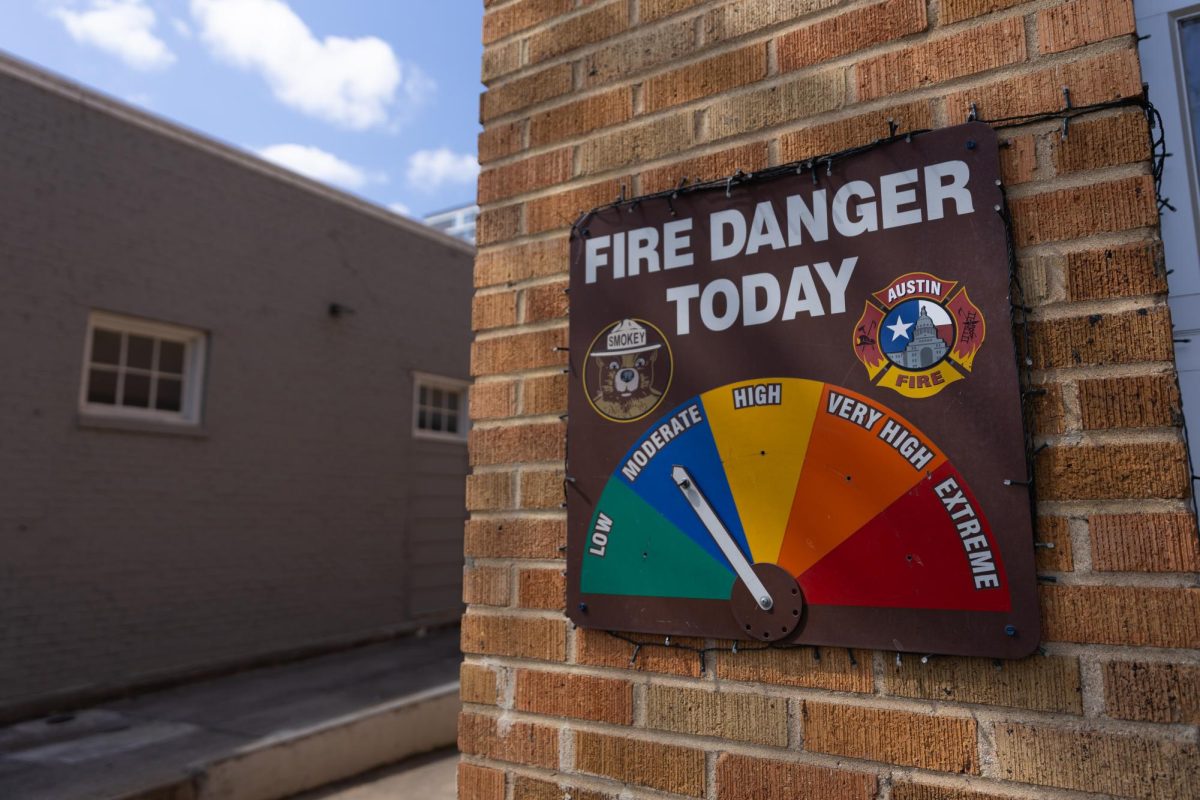After the Division of Housing and Food Service received more housing applications than they could grant, 170 students took up residence in study rooms as supplemental housing this fall.
Residence halls have faced overcrowding the past few years because of large incoming freshman classes of 8,000 students. Up to 200 students who do not receive typical housing may be offered supplemental rooms at a 10 percent discount until space in a dorm room becomes available, said Ryan Colvin, DHFS’ assistant director for occupancy management.
“Right now we’ve offered a handful of rooms out and I would say the majority of students have chosen to remain in their supplemental spaces,” Colvin said. “Because those rooms are study lounge spaces that would serve the community if they were opened back up for them, students in rooms that get under 51 percent occupancy no longer have the option to stay.”
Colvin said most supplemental rooms are in Jester and San Jacinto dormitories. Business freshman Marta Almazan lives in a supplemental room in Jester West with three other roommates.
“At first I was kind of skeptical about the idea of having four people in a room with two bunk beds, but I think it really helped with the social aspect,” Almazan said. “The downside is that it’s kind of difficult living with three other people but I think I got pretty lucky because I get along with all of my roommates. Even if we do get offered permanent rooms, we all agreed to stay in the room together.”
Government senior Annalisa Stol said she renewed her contract late and was placed in a study room in the main hallway of San Jacinto.
“It’s weird living in a supplemental space as a senior because typically if you’re not a freshman you get some kind of priority, but I applied too late,” Stol said. “Sometimes it can get really noisy because it’s right by a common area and there’s always people walking by.”
Stol said this week she accepted an offer to move into Duren Residence Hall.
Currently, DHFS is considering replacing Creekside Residence Hall with a new dormitory that could house approximately 1,200 residents.
“The University is aware of the housing need and the importance of on campus housing for students,” Colvin said. “We are excited about the opportunity to grow the campus population because we know the value of living on campus, especially for our incoming first-time freshman students.”




















